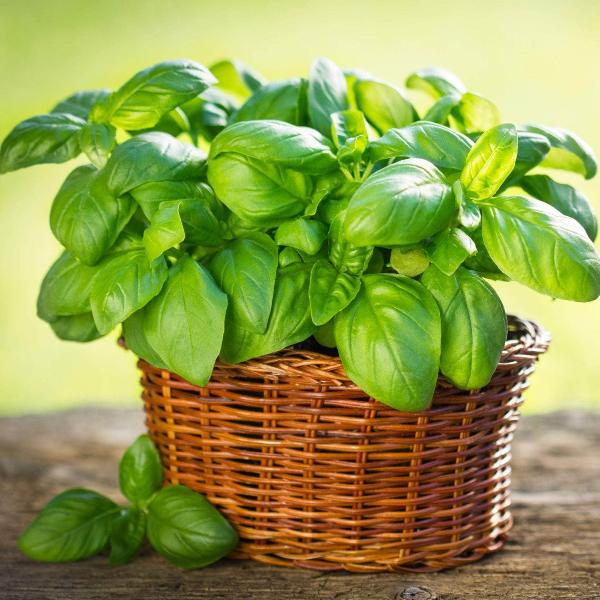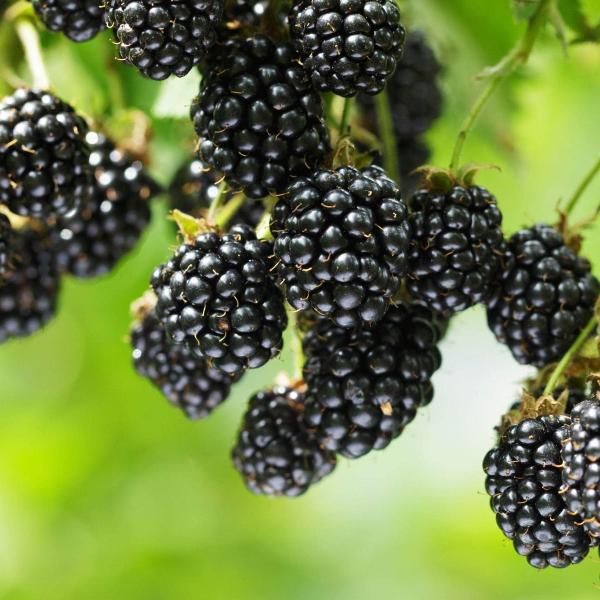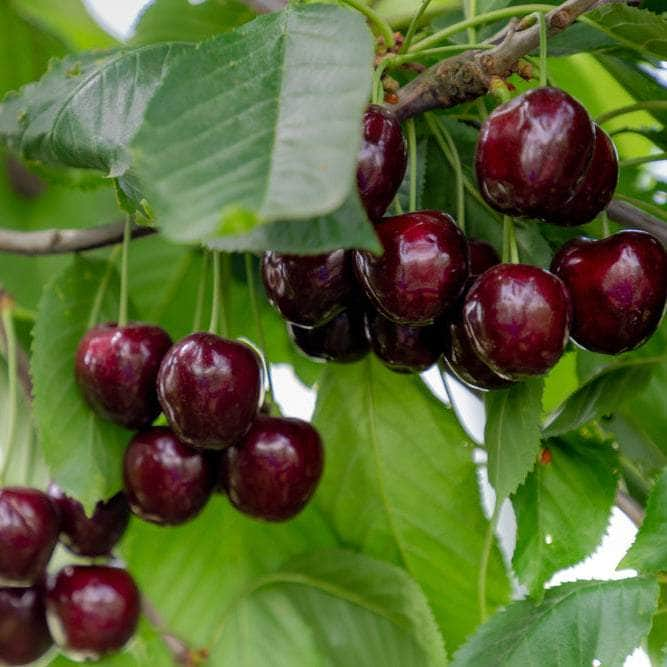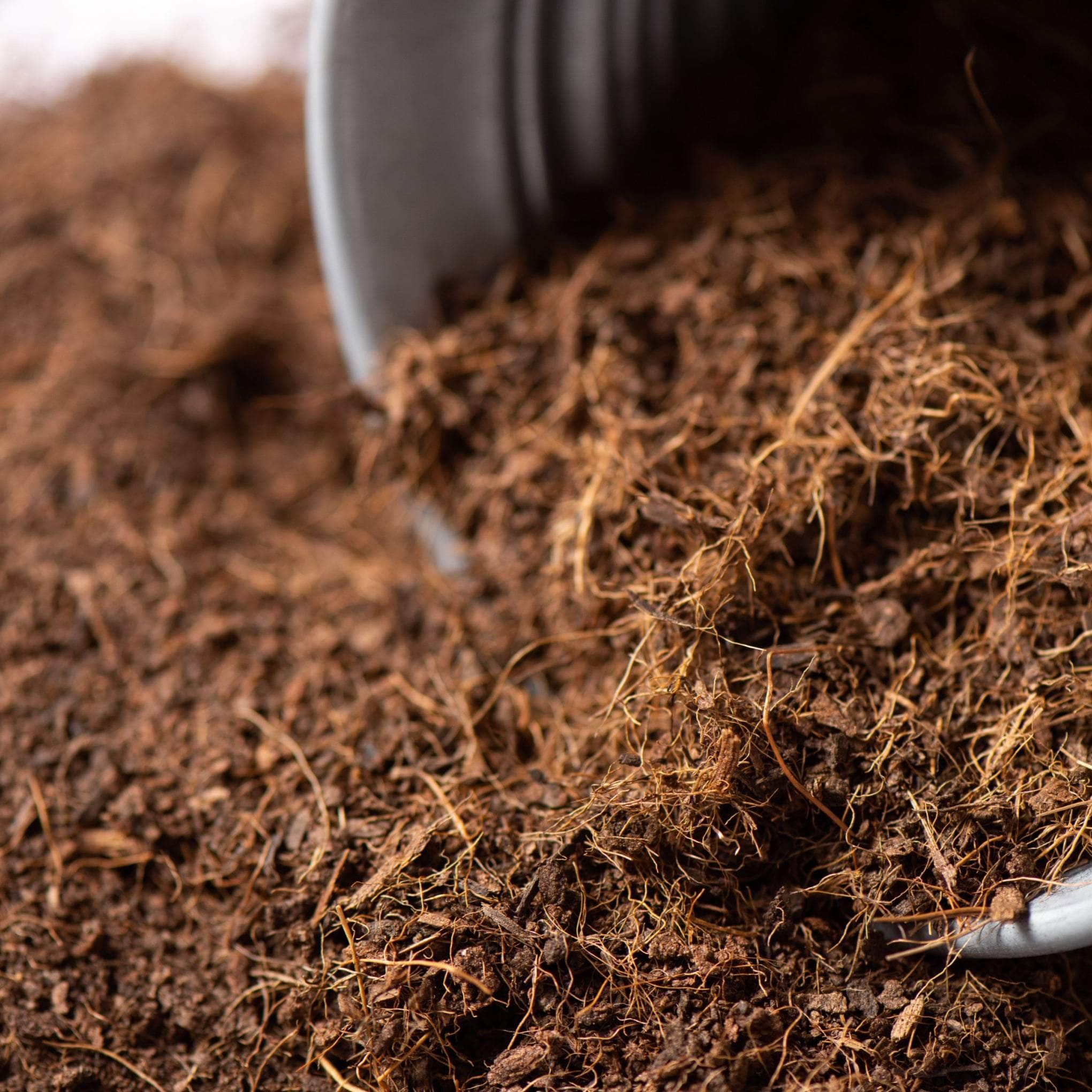The Comprehensive Guide to Growing Spinach Plants
Welcome to our comprehensive guide on how to grow spinach, the leafy green powerhouse that's a staple in home vegetable gardens. Whether you're a seasoned gardener or a green-thumbed novice, this guide will provide you with expert tips and insights to help you plant spinach successfully. From understanding the basics of planting spinach to troubleshooting common spinach growing problems, we've got you covered.
We'll delve into the importance of organic matter in your soil, the ideal time to plant spinach in the mild weather of spring or late summer, and how to care for your spinach to ensure a bountiful harvest. So, if you're ready to turn your garden into a spinach haven, read on. This guide is your ticket to mastering the art of growing spinach, and before you know it, you'll be enjoying the fruits (or rather, leaves) of your labour.
Let's get started!
Understanding the Basics of Planting Spinach
The spinach plant is an incredibly rewarding vegetable to grow and can provide you with a nutritious bounty in a short timeframe, especially during the mild weather of both spring and autumn.
When people think about key elements to successfully grow spinach, they often focus solely on the basics; light, water, and soil. However, understanding the nuances of these factors can make a world of difference to the longevity and yield of your spinach crop.
One of the first things to consider is sunlight. Spinach love sunlight but they're not addicted to it. They prefer brilliant sunlight but can still generate a decent harvest even in partial shade. The plant's diverse tolerances make it an ideal candidate for various garden settings.
Just as important as light is the soil, where fertile, well-drained soils are considered ideal. Aires of sophistication arise when discussing pH levels - a vital but often overlooked aspect to spinach cultivation. Aiming for soil with a slightly acidic to neutral pH of around 6.5 to 7.0 will ensure your spinach has the optimal conditions it needs to thrive.
Nutrition for the plant cannot be understated as well. Depend on high-quality organic matter, like aged compost, as a primary food source for the spinach. A generous inclusion of this in your planting soil will equip your spinach with the nutrients it requires for vitality and growth.
Though this might seem a lot to take in, rest assured that with the right key knowledge and approach, you can reap massive rewards and become a confident spinach gardener. So whether you're a seasoned green thumb or a novice exploring the greens, understanding the basics of spinach planting is your first step towards a lush, leafy harvest.
The Ideal Time to Plant Spinach
The ideal time to plant spinach can greatly affect the growth and the yield of your crops. Here are the most suitable times to sow your spinach seeds:
Late Winter or Early Spring: Spinach is undeniably a cool-weather vegetable. It thrives in mild weather and struggles during the heat. For a fast crop, you can plan to plant spinach during late winter or spring.
Just after the Hottest Temperatures: The scorching summer heat is not good for spinach. However, as the hottest temperatures pass, you get another ideal window to grow spinach.
Late Summer or Early Autumn: Planting at the end of summer or early autumn can also yield a successful spinach crop. A well-timed planting around 6 to 8 weeks before the first autumn frost ensures that the plants can mature before severe winter weather arrives.
Throughout Autumn in Cooler Zones: In areas with cooler climates, spinach can be grown throughout the autumn. The cooler weather and shorter days create an optimal environment for spinach growth.
By planting in these recommended periods, you can optimise the growth of your spinach and get the best yield. It's essential to note that regardless of the timing, a well-drained soil rich in organic material and an ideal pH of 6.5 to 7.0 are crucial for healthy spinach plants. Also, spacing your plants 12 inches apart allows the leaves to reach their full size, leading to a more bountiful harvest.
For those gardeners without the luxury of long stretches of mild weather, look for varieties slow to bolt, a gardening term for plants prematurely going to seed due to heat and long daylight hours. Spinach grown in full sun and cool weather creates the most tender leaves. Remember the key to a successful spinach harvest: cold weather and plenty of sunlight!
Planting and Caring for Your Spinach Plant

In the journey of growing spinach, the planting and caring phase is a crucial one. It's the stage where you lay the foundation for a healthy, bountiful harvest. This section will delve into the specifics of how to plant spinach and how to care for your spinach plant, ensuring that you're well-equipped to cultivate this nutritious leafy green in your garden. Whether you're a seasoned gardener or a beginner, understanding the needs of your spinach plant is key. From the right time to plant to the optimal soil conditions, every detail matters. Let's explore these aspects in detail, providing you with a comprehensive guide to successfully grow spinach.
Step-by-Step Guide to Planting Spinach
Choose the right time: The best time to plant spinach is during the cool weather of spring, or again at summer end for an autumn harvest. The spinach plant prefers temperatures between 35 and 75 degrees and is even capable of enduring cold temperatures as low as the teens to low 20s once well established.
Prepare the soil: Before you plant spinach, ensure your soil is well-prepared. Spinach grows best in well-drained soil that's rich in organic matter. Introduce several inches of aged compost or other rich organic material into your native soil for a nutrient boost.
Check the pH levels: Spinach thrives in fertile soil with a pH level between 6.5 to 7.0. If your soil doesn't meet these conditions, consider adding lime to raise the pH or sulphur to lower it.
Space plants accordingly: When sowing the spinach seeds, make sure to space the plants at least 12 inches apart. This gives the leaves enough room to reach full size and promotes proper air circulation, helping to prevent disease.
Optimal sunlight: Though spinach can tolerate partial shade, it fares best in full sun. This will ensure a productive harvest.
Regular watering: Keep soil moist but not waterlogged. Overwatering can cause the roots to rot, while underwatering will lead to slow leaf production. A soaker hose is a good way to maintain consistent moisture levels.
The key to successful spinach growth lies in speedy and uninterrupted growth. Thus, following these steps on how to grow spinach and applying proper care will ensure a bountiful and healthy harvest.
Caring for Your Spinach Plant
Caring for your spinach plant requires a nuanced understanding of the plant's needs and preferences. This leafy green thrives in cool climates and enjoys the colder weather of spring and early autumn. However, it can also be accommodated to grow during the end of summer and early spring. Exploiting these cool weather periods may well lead you to prolonged harvesting.
The first thing to bear in mind is the quality of your soil. Spinach plants are partial to fertile, well-drained soil with a pH ranging from 6.5 to 7.0. It's worth checking your soil's pH and making necessary adjustments before planting. The addition of several inches of aged compost or other forms of lush organic material boosts the soil's fertility significantly, paving the path for your spinach plants to thrive.
It's also crucial to maintain a consistent moisture level in the soil as you grow spinach. Dry spells can hinder the rapid leaf production spinach is renowned for, resulting in a less impressive yield. Consider implementing a soaker hose system or frequently check soil moisture to ensure your plants remain hydrated. Stick to feeding your spinach plants with a water-soluble plant food to promote leaf production. Tender leaves are a sign of proper nutrition. Harvest your spinach starting from the outermost leaves once they're large enough to eat.
Lastly, spacing of your spinach plants is another factor to consider. The generally acceptable range is to keep the plants 12 inches apart. This gives each plant adequate space for growth, in turn promoting better yields.
By following these care tips, you can enjoy a generous harvest of spinach to keep you supplied with this highly nutritious vegetable for a significant part of the year.
Troubleshooting Common Spinach Growing Problems

Growing spinach in your garden can be a rewarding experience, but like any gardening endeavour, it's not without its challenges. In our comprehensive guide to growing spinach plants, we've covered everything from the ideal planting conditions to expert tips for a bountiful harvest. However, even with the best care, spinach plants can sometimes encounter problems that can hinder their growth or even cause them to wilt and die.
In this section, we'll delve into the common issues that spinach growers often face and provide practical solutions to help you overcome them. From pest attacks to disease spread, we'll guide you through the troubleshooting process to ensure your spinach plants thrive. Whether you're a seasoned gardener or a beginner, this guide will equip you with the knowledge to grow healthy, robust spinach plants.
Pest Attack: Spinach plants, like most garden vegetables, are susceptible to pests. Common culprits include flea beetles, spider mites, and aphids. These pests feed on the leaves causing noticeable damage and potentially severely affecting your plant's health. To resolve this, consider an integrated pest management (IPM) setup that includes natural predators, such as ladybugs and lacewings. In severe cases, use eco-friendly sprays or repellents available in most gardening stores.
Disease Spread: Diseases such as downy mildew and white rust are prolific during cool, moist weather and can quickly overrun a spinach garden. Downy mildew appears as yellow spots on the upper leaf surface and white mould on the underside. White rust, on the other hand, creates white blisters on leaf surfaces. To manage these diseases, ensure proper spacing in your garden to improve circulation, apply a suitable organic fungicide, and remove affected plants to prevent the disease from spreading.
Shortened Life Span in Spring: With the arrival of longer daylight hours in spring, your spinach plant's life may shorten. This can be a challenge, especially considering the goal when growing spinach is to keep the plant alive for as long as possible. An efficient way to extend your plant's life during these months is by planting a bolting-resistant variety, such as 'Tyee' or 'Indian Summer'.
Understanding and identifying the common problems associated with growing spinach is pivotal in maintaining a healthy garden. You may realise that there is no blanket solution for all concerns, and customisation is often necessary. Regard each hurdle as a chance to learn more about your spinach plants and improve your home vegetable garden. With perseverance, specialist tips, high-quality plant food, and possibly trialling an organic variety, you might soon harvest your successful spinach crop. Rest assured, your effort will be rewarded when you savour the fruits (or in this case, the leaves) of your labour.
Harvesting Your Spinach

As we delve into the world of spinach cultivation, it's essential to understand the intricacies of harvesting spinach. This section will guide you through the process, ensuring you get the most out of your spinach plants.
Harvesting your spinach at the right time and storing it properly can significantly impact its taste and longevity. Whether you're a seasoned gardener or a beginner, these tips will help you maximise your spinach yield and enjoy this nutritious leafy green for longer.
Growing your spinach comes with its own set of uniqueness, including knowing the specific timings of harvest. Understanding when to harvest your spinach makes the difference between a leafy, beautiful spinach and a bitter, unpleasant one. Keep in mind, timing in harvest is key and directly linked to the wonderful taste and texture spinach lovers crave.
Spinach leaves mature quickly and are ready for harvest almost as soon as they become edible. In your pursuit of knowing when to harvest your spinach, watch out for the large and juicy outer leaves. These are the perfect candidates for a brilliant first harvest. Your spinach hasn't reached its maximum potential yet at this early stage, however, plucking these outer leaves triggers the plant's productivity, encouraging more robust growth.
As we've seen, harvesting spinach leaves isn't similar to other vegetables where you pluck the entire plant out of the soil at once. Spinach plants demand a little finesse; a sort of 'disassembly' method of harvest. This involves picking off the larger, outer leaves and allowing the centre leaves to keep growing.
In the cooler weather conditions of spring, be poised for your spinach plant to bolt. This is a sign for you to collect the entire bounty of your spinach plant before the leaves develop a bitter taste. You'll know this is happening when the plants start to look taller with thick stalks and the first flowers appear.
These simple tips tie into the general principle of growing spinach: it's all about timing. From the early spring to the end of summer, knowing when and how to handle your plant will ensure that you obtain the highest quality yield from your garden.
Final Thoughts on Growing Spinach Plants

Growing spinach plants can be a rewarding endeavour, especially when you see your garden flourish with the fruits of your labour. With the right knowledge and expert tips, you can cultivate a healthy spinach plant that thrives in the mild weather of spring or late summer. Remember, the key to a successful spinach plant lies in the quality of the soil.
Organic material is crucial, and the use of an organic variety of plant food can significantly enhance your plant's growth. In conclusion, whether you're a seasoned gardener or a beginner, the joy of watching your spinach plant grow from a tiny seed to a full sun-loving plant is unparalleled. So, don't wait for the perfect weather of spring, start planting your spinach today and reap the benefits of your vegetable garden.














